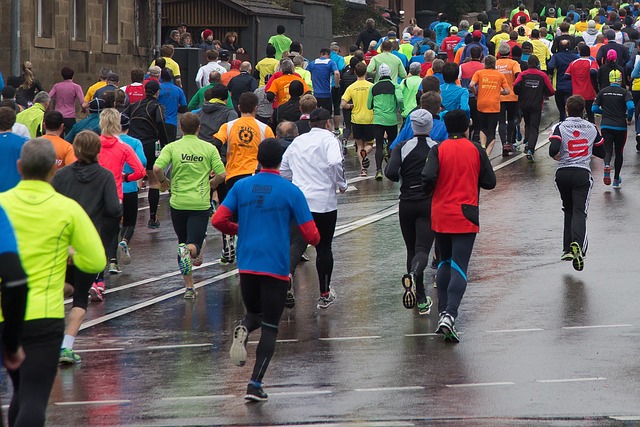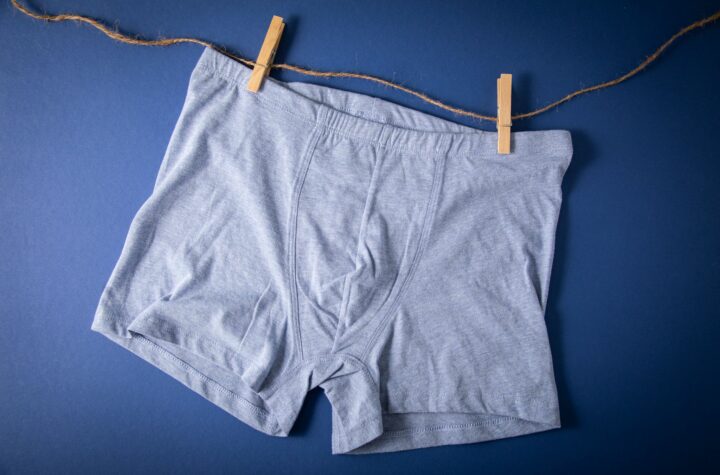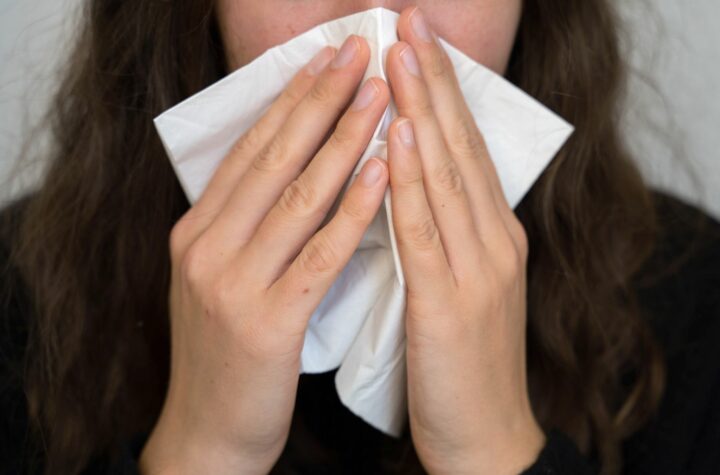Running is a fantastic way to clear the mind, and many runners enjoy the invigorating chill of cold air on their skin. However, those venturing outdoors in freezing temperatures should keep several important considerations in mind.
According to sports medicine expert Markus Knöringer, who runs practices in Munich and Miesbach, cold weather can significantly reduce the elasticity of muscles, tendons, and ligaments, increasing the risk of injury. Additionally, cold air can strain the lungs, and inadequate clothing can lead to a drop in core body temperature, risking hypothermia.
Temperature Considerations
There is no definitive temperature at which running becomes too strenuous for the body. Factors such as sunshine versus icy winds can greatly influence comfort levels. Knöringer advises runners to prioritize their personal comfort over the temperature reading: „If I feel uncomfortable and the temperature feels too harsh, I should probably skip the run.“
Tip 1: Wear the Right Outfit
Knöringer often sees runners in Munich wearing shorts or t-shirts during winter, which he advises against. On cold days, it’s essential to cover as much skin as possible. This means long pants, long sleeves, hats, and gloves are crucial. If cold winds are blowing, a vest can provide additional protection for the torso.
However, it is also important not to overdress. Too many layers can lead to sweating, and when cool air hits damp skin, the body cools down rapidly. A good rule of thumb is to feel slightly chilly at the start of the run, indicating appropriate attire.
Tip 2: Avoid Running with a Cold
Knöringer emphasizes the importance of nasal breathing for optimal airflow. A clear nose is vital for pre-warming the air before it enters the lungs. Mouth breathing, on the other hand, can introduce cold air into the lungs, potentially triggering irritation or asthma-like symptoms.
During cold and flu season, attention to nasal health is crucial. Runners might consider using saline nasal rinses or adhesive nasal strips to assist in maintaining clear nasal passages.
Tip 3: Warm Up Properly
Jumping straight into a run without warming up isn’t advisable. Knöringer recommends starting with three to four minutes of light movement to warm up muscles, followed by gentle stretching, particularly focusing on the calves and Achilles tendons.
Once the run begins, it’s best to gradually increase the pace rather than starting with high intensity, which should only occur once the body feels adequately warmed up.
Tip 4: Change Quickly After Running
After completing a run, it’s crucial not to linger and chat with friends, as this can lead to cooling down from sweat. A quick change into dry clothes is essential, especially removing the layer closest to the skin, which is likely damp from sweat.
Once home, a stretching session for the legs is beneficial, followed by a warm shower to help the body recover and remain comfortable.











Mehr Nachrichten
Wie wir mit Schuld- und Schamgefühlen besser umgehen können
Eisen-Präparate sollten nicht ohne ärztlichen Rat eingenommen werden
Zunehmende Adipositas bei Jugendlichen: Seriöse Beratungsangebote gesucht